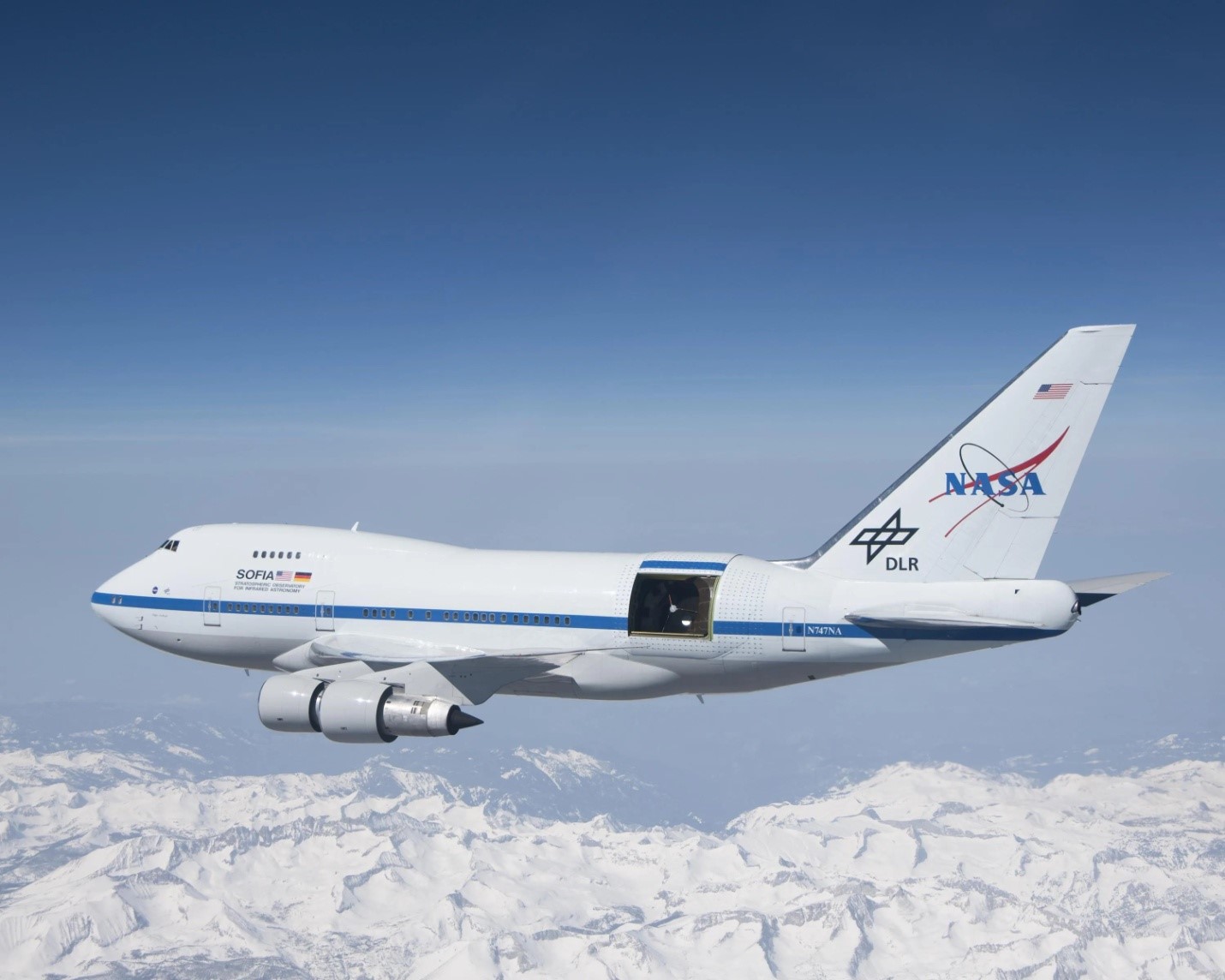Free Courses Sale ends Soon, Get It Now


Free Courses Sale ends Soon, Get It Now



Disclaimer: Copyright infringement not intended.
Context
Scientists detected water molecules on the surface of two asteroids for the first time ever. The team made the discovery using data from NASA's now-retired SOFIA airborne observatory.
Details
The Flying Observatory
Functions
SOFIA and the Infrared Universe
Instruments and How it works
|
PRACTICE QUESTIONS SOFIA airborne observatory often mentioned in news is associated with which of the following space agency?
Answer A |
© 2024 iasgyan. All right reserved